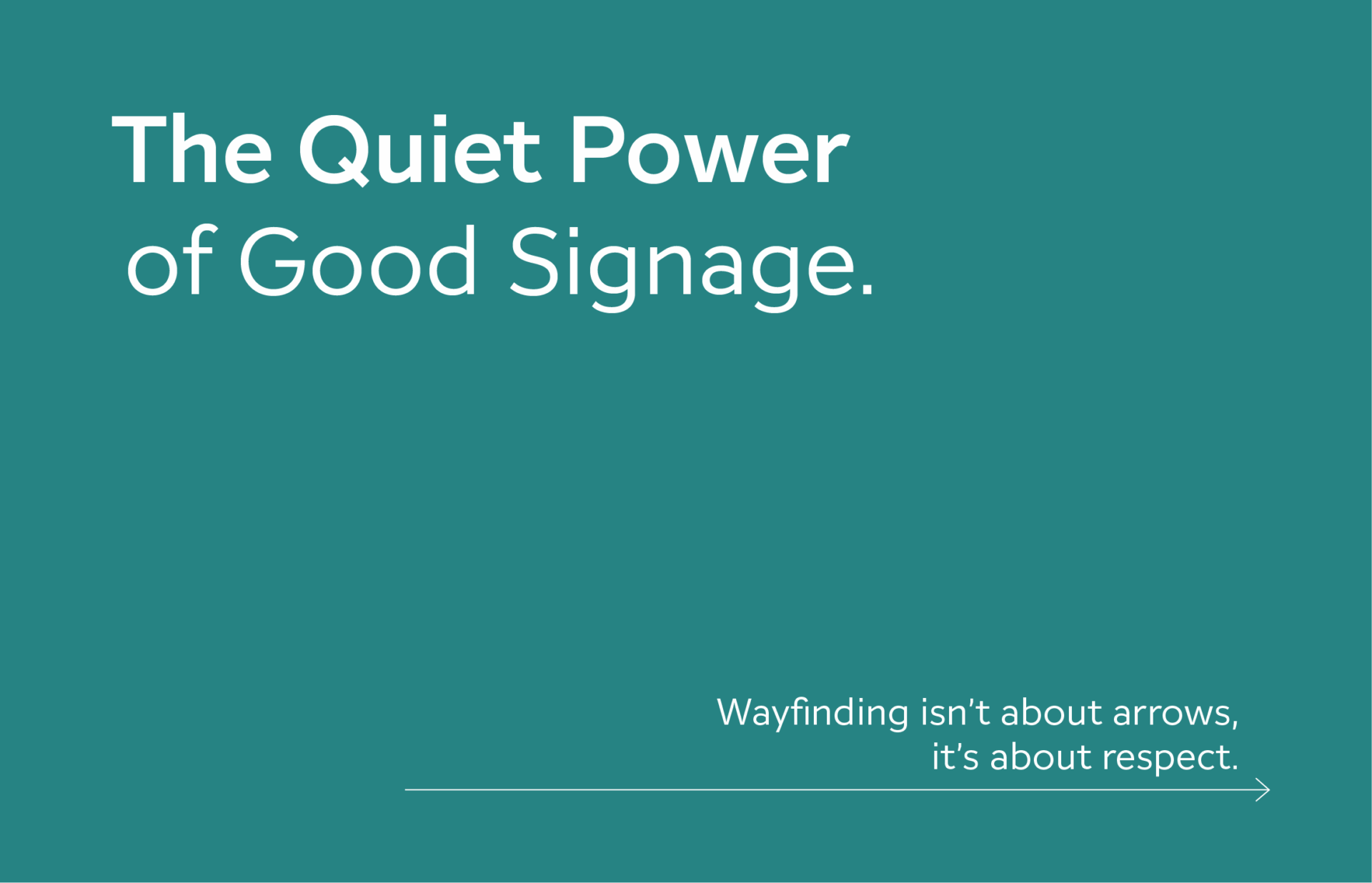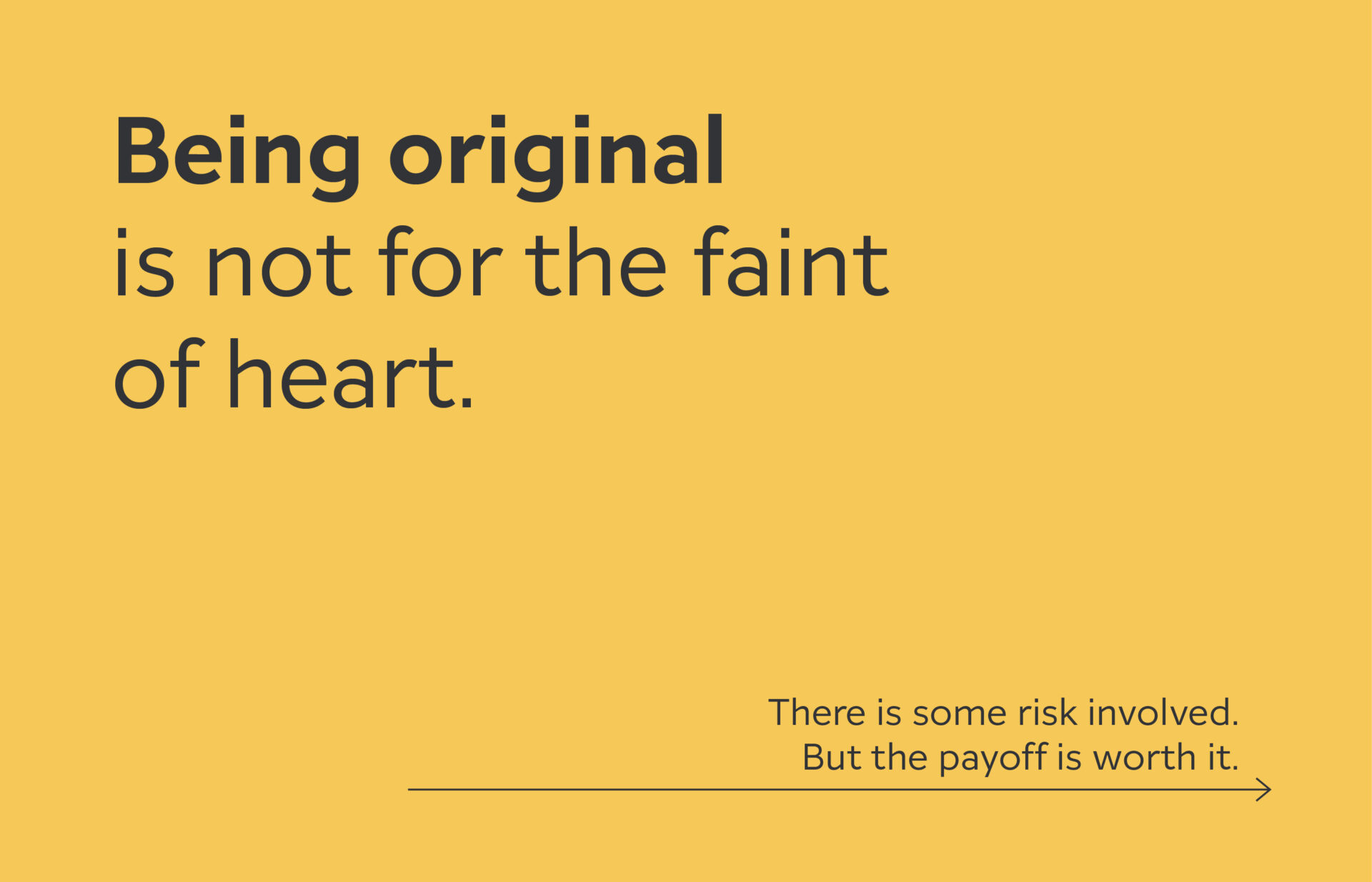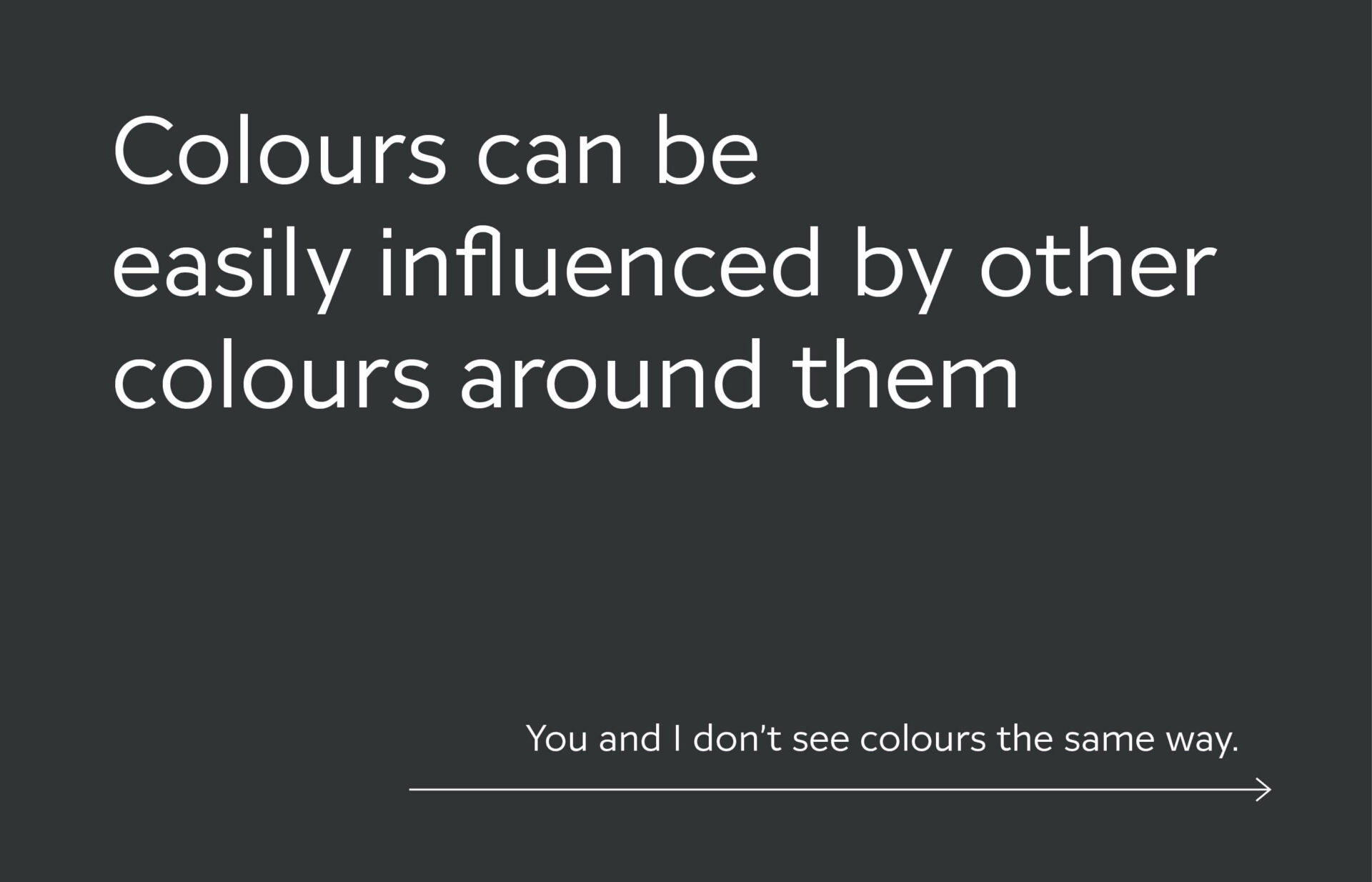Building customer insights into your brand strategy
Customer insights for your brand strategy
It can be tricky to know when to build customer insights into your brand strategy. As business owners, CEOs, or CMOs, we like to think that we have a fairly good handle on our overall brand and marketing strategies. We invest time and resources into determining our name, the product offering, crafting a logo and developing clear messaging. It’s built through product research, market insights, and alignment with our brand vision and values. We identify our target audience through the holes in the landscape, then work to position our solution to fill them.
Yet even with all that work, we still need to keep an open mind and be ready to pivot if our customers present a different opportunity. We may have an idea of how we want our customers to use our products or interact with our brand, but they may find a new way on their own. Successful brands listen to what their customers are saying and adjust their products and marketing when it makes sense. Their brand strategy stays fluid enough to flex with customer insights, while remaining true to their brand values.
One of our favourite examples of this is Vans. The company shifted elements in its brand and marketing strategies a number of times to align with its customers. Most of the changes occurred during its earlier years, while it was still a scrappy start-up. (Not that that was even a term in the late 60s and early 70s?) Some of the most noticeable shifts to incorporate customer insights, in no particular order, have been:
Name change – The now famous shoe company started out as Van Doren Rubber Company. It was named after one of its founders, Paul Van Doren. They changed their name to simply Vans after customers started saying, ‘let’s head down to Van’s”.
Product offering – Their original product was a deck shoe with rubber souls marketed for the whole family. They began to notice that the shoes were becoming popular within the California skate scene as the sole was sticky on the boards. New target audience? Yep! Vans began to focus on creating a shoe specifically for skaters. They even had two skaters help with updating the design of the shoe. By the mid 70s, almost all of the skaters in the area were wearing Vans.
Tagline – Their tagline “Off the wall” is from a skateboarding term coined in the 70s while Californian skateboarders were literally doing tricks off the walls of empty swimming pools. Early skateboarders were pioneers in the sport and embraced individuality. The term is often associated with being rebellious and creative. Vans adopted it to reflect the spirit of the brand and the ethos of its customers.
Successful brands listen to what their customers are saying
Customization – Allowing for more creativity for its customers, Vans offered custom orders where you could choose different colours for the 3 main areas of the shoe (toe, heel and sides). This let each rider have their shoes reflect their own personal style and included making unique left and right shoes. We love that Vans still has customizable shoes. Not only can you choose your colours, but you can also upload your own art and customize the checkerboard! (There was a time where you could also buy just one shoe – the left or the right – as your kick foot would wear faster. Vans was providing a solution that was unique to their main customer’s problem, which broke the convention of always selling 2 shoes – off the wall again!)
Going with the flow and listening to their customer base however didn’t secure the success of Vans. They have had their share of challenges, including filing for bankruptcy protection in the 80s after introducing too many style variations. They were able to come back from it and have continued expanding the brand to appeal to a larger target audience. Their brand and marketing strategies, while fluid enough to shift to these changing target audiences, have stayed true to their brand values. Something that we believe has largely contributed to their success.


June 3, 2025
The Quiet Power of Good Signage
May 14, 2025
Fighting sameness
October 1, 2024





